Common Spiders in Nevada
Serving Las Vegas | Henderson | North Las Vegas
When you see a spider, do you know what type it is? We thought it would be helpful to talk about some of the most common spiders in Nevada, so that next time you see one, you know what you’re looking at and whether there’s cause for concern.
What Are the Most Common Spiders in the Las Vegas Area?
Why are spiders so common in Nevada? Simply put, many species are well adapted to thrive in our desert environments, and when searching for food, they’ll often cross over into our homes and businesses.
Thankfully, the majority of spiders in Nevada (but not all of them) are harmless and can even be beneficial for their ability to control other pests.

Black Widow
The black widow spider is one of the few spiders in Nevada that’s potentially harmful. Often found in quiet corners and garages, its venom can cause significant pain and dangerous symptoms, especially for vulnerable individuals, children, and the elderly. Female black widows are usually easily identifiable by their glossy black coloring and red hourglass marking on their abdomens.
In most cases, symptoms from a black widow bite will resolve on their own, but monitor the situation closely. If you begin to experience tightness in the chest, trouble breathing, vomiting, or feelings of sickness, seek immediate medical attention.
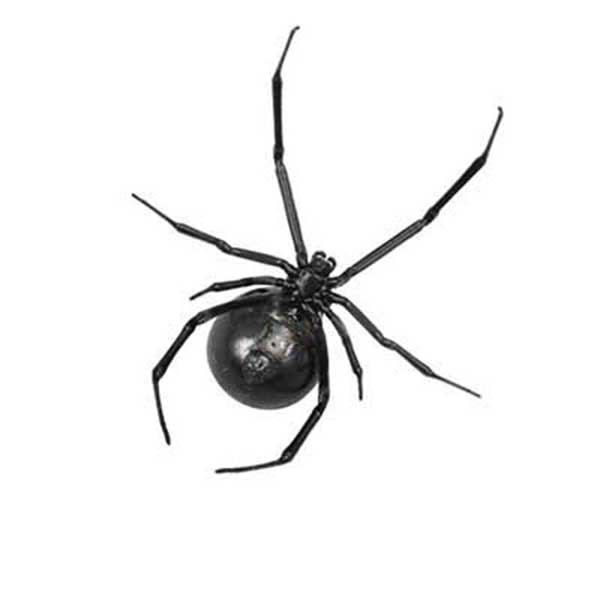
False Black Widow Spider
Often mistaken for the true widow, the false black widow is less venomous and rarely harmful to humans. They’re frequently found indoors, building cobwebs in corners.

Desert Brown Recluse
Nevada’s version of the brown recluse spider is another potentially harmful species in our region. The desert brown recluse, like its more well-known cousin, has potent venom that causes extreme pain and necrosis in tissue. Fortunately, these spiders are extremely shy and fearful of humans, so they typically try to avoid us. Most bites occur when one of these spiders is resting in a pile of clothing or linens, then gets pressed against a person’s skin.
If you suspect desert recluses are present on your property, we recommend professional spider control.
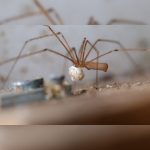
Cellar Spider
The term “cellar spider” or Phocidae is a broad term for a family of spiders named for their habit of hanging upside down in cellars, garages, and other vacant areas. Here in Nevada, if you hear about “cellar spiders,” the person is most likely talking about the daddy long-legs spider, although there are other pests like the crane fly that are easily mistaken for it.
Thin-legged and often found in basements or attics, daddy long-legs are generally harmless and beneficial, feeding on other small pests.
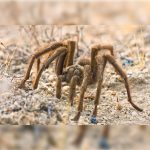
Desert Tarantula
Desert tarantulas are a lot more frightening than actually harmful. Impressive in size and appearance, they are mostly found outdoors and pose little danger unless handled. Usually calm and not aggressive towards people, like most other spiders, they will bite if provoked.
Female desert tarantulas have thick, bristly hairs and a tan, stocky body. In contrast, males are thinner and have black hair. Desert tarantulas hunt at night. They eat grasshoppers, crickets, scorpions, small lizards, and tiny spiders.
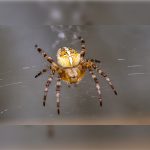
Orbweaver
Building large, elegant webs in gardens and near lights, orb-weavers are colorful and harmless, great for natural pest control. You may find them in bushes, tree branches, or around your light fixtures.

Wolf Spider
Wolf spiders are large, hairy, and typically brown or gray with dark markings. They stand out because they don’t wait for prey like other species. Instead, they roam around and hunt actively.
Females carry their egg sacs with them, and once they hatch, baby spiders will climb onto mom’s back until they’re fully developed. While wolf spiders won’t attack a human at first sight, they will react aggressively if cornered or picked up. They have large fangs, and a bite can be painful, but not medically significant (unless you experience an allergic reaction).
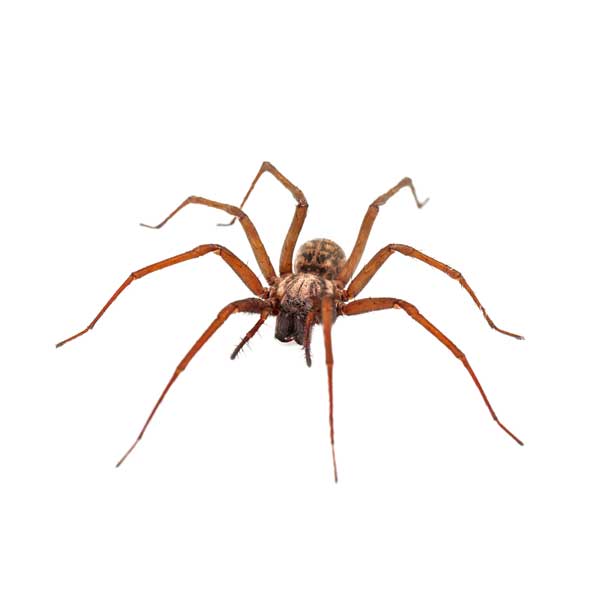
House Spider
Small and brown, these house spiders weave tangled webs in corners or ceilings. They’re harmless and frequently found in Las Vegas area homes.

Giant House Spider
Giant house spiders often provoke frightened reactions due to their size (approximately 2-3” across), but they’re actually quite timid. They spend most of their time in dark, undisturbed areas, where they spin messy, funnel-shaped webs.
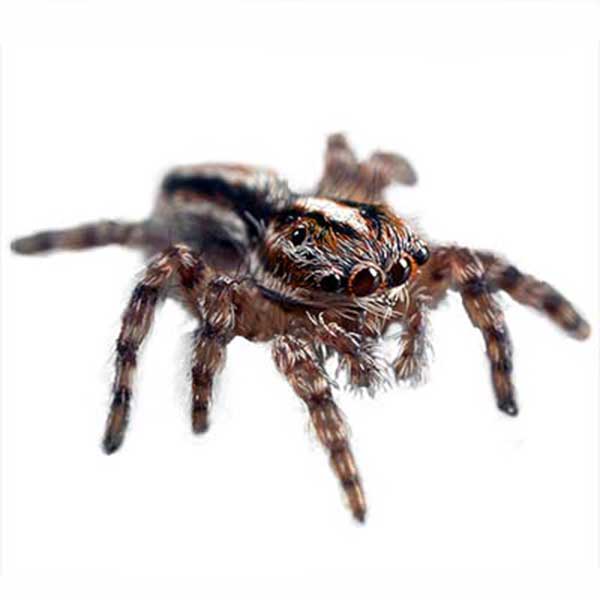
Jumping Spider
Active hunters with distinctive large front eyes, jumping spiders are commonly seen near windows or walls. They’re harmless and even curious, which can make them fascinating to observe from a distance.
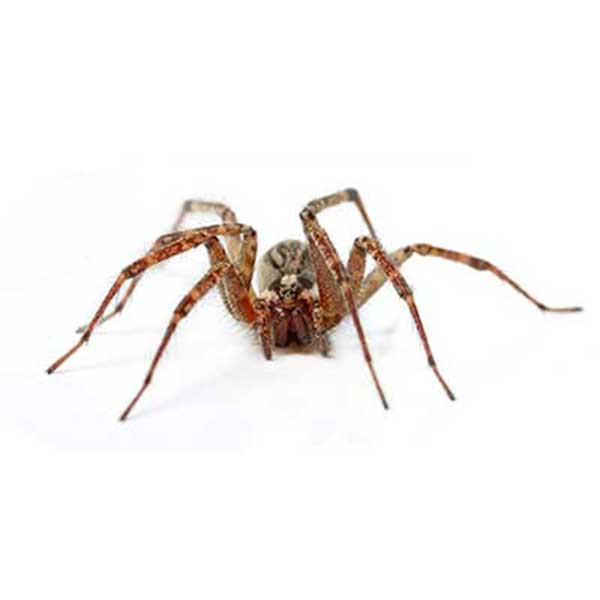
Hobo Spider
Hobo spiders are difficult to identify because they closely resemble common house spiders, which are much more common. They live in houses occasionally, but it’s not their primary habitat. More often, you can find them outside in fields.
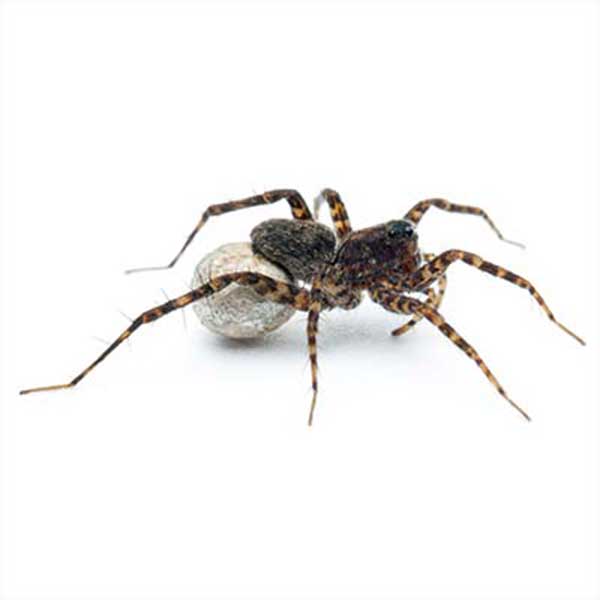
Sac Spider
Sac spiders pack a painful punch – and can even be aggressive with humans in some situations. If bitten by one, it can feel like a bee sting, and the pain can last for a few days. They build cocoon-like sacs that they hide inside during the day.
How to Identify Nevada Spiders
To identify a specific spider you find, first look for any distinctive markings, body shape, and color. Also, pay attention to where you find the spider. Webs, dark corners, and woodpiles can indicate the presence of certain species.
Are Spiders in Nevada Dangerous?
A lot of people are understandably frightened by the sight of a spider in or near their home. Because there are so many types of spiders, it can be hard to determine whether the one you’ve spotted is dangerous or harmless. Although they can look menacing, very few spiders are large enough or venomous enough to cause serious harm to humans.
Most spiders are actually helpful in controlling other unwanted pests inside your home or in your garden, making them environmentally valuable. However, there are two dangerous spiders to be aware of that dwell in warm, southern climates and are quite common right here in Las Vegas: the black widow and the desert brown recluse spider.
- Black Widow: These female spiders are easily identifiable with their shiny black bodies and signature red hourglass mark on the back. Black widows typically build webs in areas with a lot of debris outdoors where they hope to be undisturbed. They are especially aggressive when they are defending their eggs, which is typically when a bite may occur.
- Desert Brown Recluse: Cousin to the well-known and feared brown recluse spider, desert brown recluse spiders prefer quiet, undisturbed locations with warmer climates. Although they prefer the outdoors, they can still be found scampering somewhere dark inside a property. They are not aggressive but will bite if threatened.
For identification or control, professional spider control is the safest route.
Stay Worry-Free with Our Nevada Spider Exterminators
Whether you’re spotting too many spiders or discovering venomous species near your home, Pest Control Inc. offers reliable spider control solutions. Our services include species identification, removal, and preventive treatments that keep pests out all year long.
If you’re worried about spiders, reach out to us today to get a free inspection for your property.

